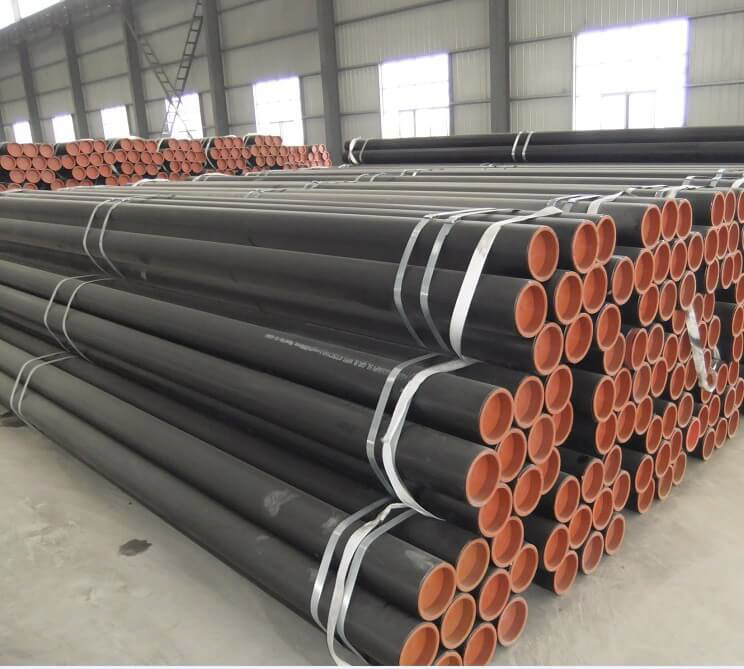-
Cangzhou Yulong Steel Co., Ltd.
-
Phone:
+86 13303177267 -
Email:
admin@ylsteelfittings.com
- English
- Arabic
- Italian
- Spanish
- Portuguese
- German
- kazakh
- Persian
- Greek
- French
- Russian
- Polish
- Thai
- Indonesian
- Vietnamese
- Zulu
- Korean
- Uzbek
- Hindi
- Serbian
- Malay
- Ukrainian
- Gujarati
- Haitian Creole
- hausa
- hawaiian
- Hebrew
- Miao
- Hungarian
- Icelandic
- igbo
- irish
- Japanese
- Javanese
- Kannada
- Khmer
- Rwandese
- Afrikaans
- Albanian
- Amharic
- Armenian
- Azerbaijani
- Basque
- Belarusian
- Bengali
- Bosnian
- Bulgarian
- Catalan
- Cebuano
- China
- China (Taiwan)
- Corsican
- Croatian
- Czech
- Danish
- Esperanto
- Estonian
- Finnish
- Frisian
- Galician
- Georgian
- Kurdish
- Kyrgyz
- Lao
- Latin
- Latvian
- Lithuanian
- Luxembourgish
- Macedonian
- Malgashi
- Malayalam
- Maltese
- Maori
- Marathi
- Mongolian
- Myanmar
- Nepali
- Norwegian
- Norwegian
- Occitan
- Pashto
- Dutch
- Punjabi
- Romanian
- Samoan
- Scottish Gaelic
- Sesotho
- Shona
- Sindhi
- Sinhala
- Slovak
- Slovenian
- Somali
- Sundanese
- Swahili
- Swedish
- Tagalog
- Tajik
- Tamil
- Tatar
- Telugu
- Turkish
- Turkmen
- Urdu
- Uighur
- Welsh
- Bantu
- Yiddish
- Yoruba

Jul . 31, 2024 06:04 Back to list
Exploring Innovative Applications and Benefits of Rubber Molded Components in Various Industries
Understanding Rubber Molded Parts Applications, Benefits, and Manufacturing Processes
Rubber molded parts play a crucial role in numerous industries, serving as essential components in various applications. The versatility of rubber as a material stems from its unique properties, including elasticity, resilience, and resistance to weathering, making it a popular choice for manufacturers globally. This article will explore the applications, benefits, and manufacturing processes associated with rubber molded parts.
Applications of Rubber Molded Parts
Rubber molded parts are found in a wide range of industries including automotive, aerospace, medical, electronics, and consumer goods. In the automotive industry, rubber components such as grommets, seals, and bushings are essential for maintaining vehicle integrity, providing noise reduction, and ensuring safety. In aerospace, rubber molded parts are used in gaskets and seals for hydraulic systems to prevent leaks and maintain pressure.
The medical sector also utilizes rubber molded components, especially in the production of surgical instruments, tubing, and seals that require high levels of cleanliness and sterility. In electronics, rubber parts are essential for providing insulation, protection from dust, and moisture, enhancing the durability of devices. Additionally, in consumer goods, rubber molded parts are common in items such as kitchenware, sports equipment, and toys, offering both functionality and aesthetic appeal.
Benefits of Rubber Molded Parts
One of the primary benefits of rubber molded parts is their adaptability. Rubber can be formulated with various additives to enhance specific characteristics such as temperature resistance, chemical stability, or UV resistance, making it suitable for diverse environments and applications. Furthermore, the ease of molding rubber allows for intricate designs that can meet the exact specifications required by different industries.
rubber molded parts

Another significant advantage is the cost-effectiveness of rubber molding. Once the initial mold is created, reproducing parts is relatively inexpensive, making it a practical choice for mass production. Additionally, rubber's inherent flexibility and durability contribute to longer product life cycles, reducing the need for frequent replacements and contributing to sustainability initiatives.
Manufacturing Processes
The manufacturing of rubber molded parts typically involves several key processes, with compression molding, injection molding, and transfer molding being the most common techniques. Compression molding is a traditional method where raw rubber is placed in a heated mold and then compressed to form the desired shape. This process is often used for larger, less complex parts.
Injection molding, on the other hand, is more suited for high-volume production of intricate parts. In this method, rubber is heated until it reaches a molten state, then injected into a mold under pressure. This allows for tighter tolerances and consistent quality across large production runs.
Transfer molding combines elements of both compression and injection molding. It involves pre-heating the rubber and then transferring it into a closed mold where it is shaped and cured. This method is advantageous for producing complex shapes and parts with varying thicknesses.
Conclusion
In conclusion, rubber molded parts are integral to modern manufacturing, providing essential solutions across a multitude of industries. Their adaptability, cost-effectiveness, and the variety of manufacturing processes available make them a preferred choice for many applications. As technology continues to evolve, the demand for innovative rubber molded solutions is expected to grow, further solidifying their importance in the manufacturing landscape. Understanding the capabilities and benefits of rubber molded parts will enable businesses to leverage this material effectively and enhance their product offerings.
Latest news
-
ANSI 150P SS304 SO FLANGE
NewsFeb.14,2025
-
ASTM A333GR6 STEEL PIPE
NewsJan.20,2025
-
ANSI B16.5 WELDING NECK FLANGE
NewsJan.15,2026
-
ANSI B16.5 SLIP-ON FLANGE
NewsApr.19,2024
-
SABS 1123 FLANGE
NewsJan.15,2025
-
DIN86044 PLATE FLANGE
NewsApr.19,2024
-
DIN2527 BLIND FLANGE
NewsApr.12,2024
-
JIS B2311 Butt-Welding Fittings LR/SR 45°/90° /180°Seamless/Weld
NewsApr.23,2024











